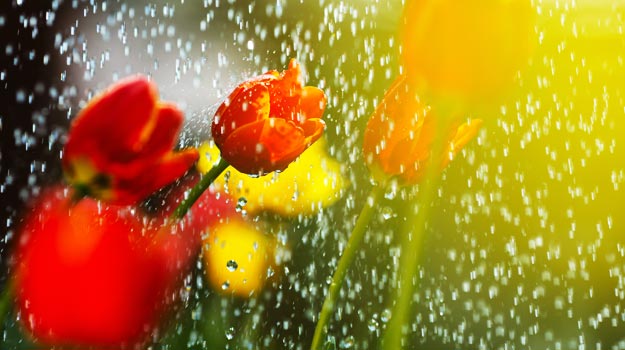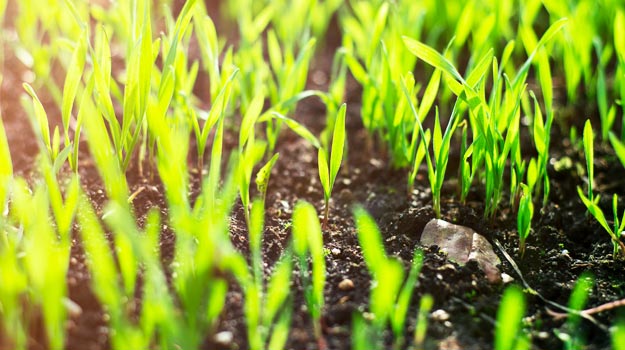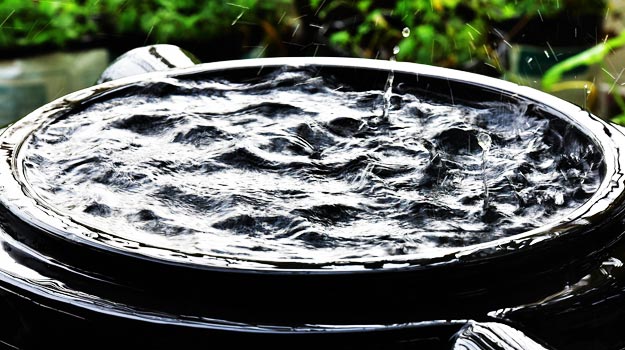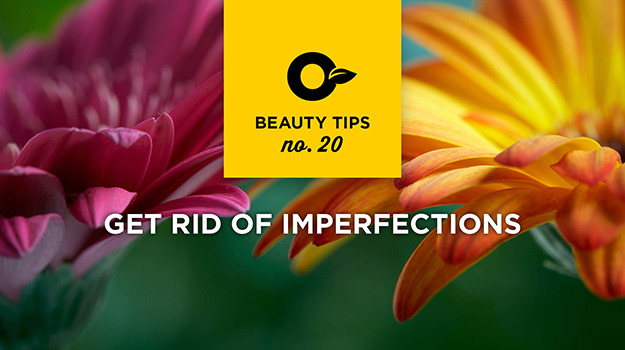
A little rain does not mean you should forget about working in your garden or yard. There are several things to do before the rain starts, while it's raining, and after the rain has stopped. Here are a few ideas and recommendations you should bear in mind.
Before the rain
Overseed your lawn

Light rain is expected over the next few days? It's the perfect time to overseed your lawn. It is important not to overseed when heavy rain is forecast, as it will dislodge the seed.
Fertilize your plants
Sprinkle fertilizer around the base of your plants. The rain will help it penetrate the soil so it can reach the roots faster, making for optimal absorption.
Cover young plants
Use a waterproof covering material such as a tarp to cover young plants as well as the most fragile. Make sure the material used is sloping in the right direction to guarantee proper drainage.
While it's raining
Collect rainwater

You can collect rainwater in bottles, watering cans or pots. This way, you can save a little tap water. Also, rainwater contains more nitrogen than tap water.
Tidy up
A rainy afternoon is a perfect time to clean up your installations, whether it's your garage, garden shed or greenhouse. Clean your gardening tools and empty pots too while you're at it.
Check the expiry dates of your soils and fertilizers. Soils that contain mycorrhizae remain viable for up to two years.
Inspect your garden
It is interesting to watch what's going on in the garden on a rainy day. Are there puddles of water forming in places where you don't want them? Is the rain causing erosion? Are certain plants sheltered and not receiving water? A simple observation will help you plan your garden in the years to come.
Take your indoor plants out
Give your indoor plants the opportunity to enjoy the fresh rainwater.
Plan your next garden
It's a good time to prepare a map or plan of your garden for next season. It is possible to find lots of models online that will help you plan it properly.
After the rain
Get rid of weeds
It is easier to remove weeds such as dandelions and plantain when the soil is wet. This way, your chance of pulling out all of the plant's roots are greater, even taproots. If some remain in the soil, they will tend to grow back and form new plants.
Watch for slugs and snails
Inspect your plants to see if slugs and snails are present. Those little critters usually hide in places that stay humid after the rain. Keep a special eye on your lettuce.
Install stakes
Stakes for beans and tomatoes, for example, will be easier to install when the soil is wet.
Mix your compost
It's a good time to mix your compost. This will allow the water to disperse evenly. You could also add dry leaves and grass clippings.
Check your potted plants and vegetables
We tend to often check the soil in our pots because we're afraid our plants will dry out. The opposite is just as important: the roots could rot if bad drainage causes the soil to be waterlogged.
Harvest your lettuce

Even if they are wet, the lettuce leaves harvested after a rainfall will have a sweeter taste and will be softer.


